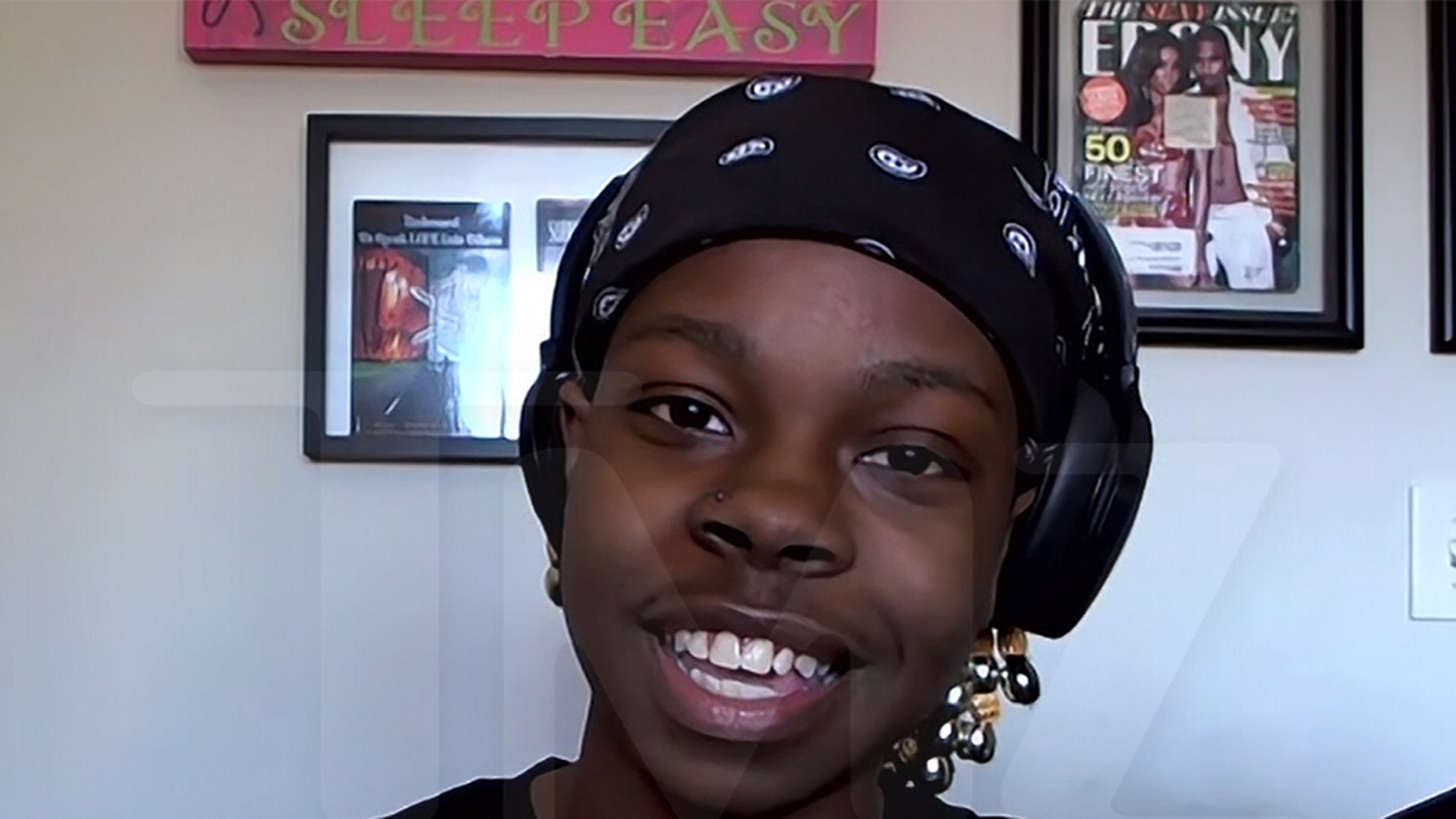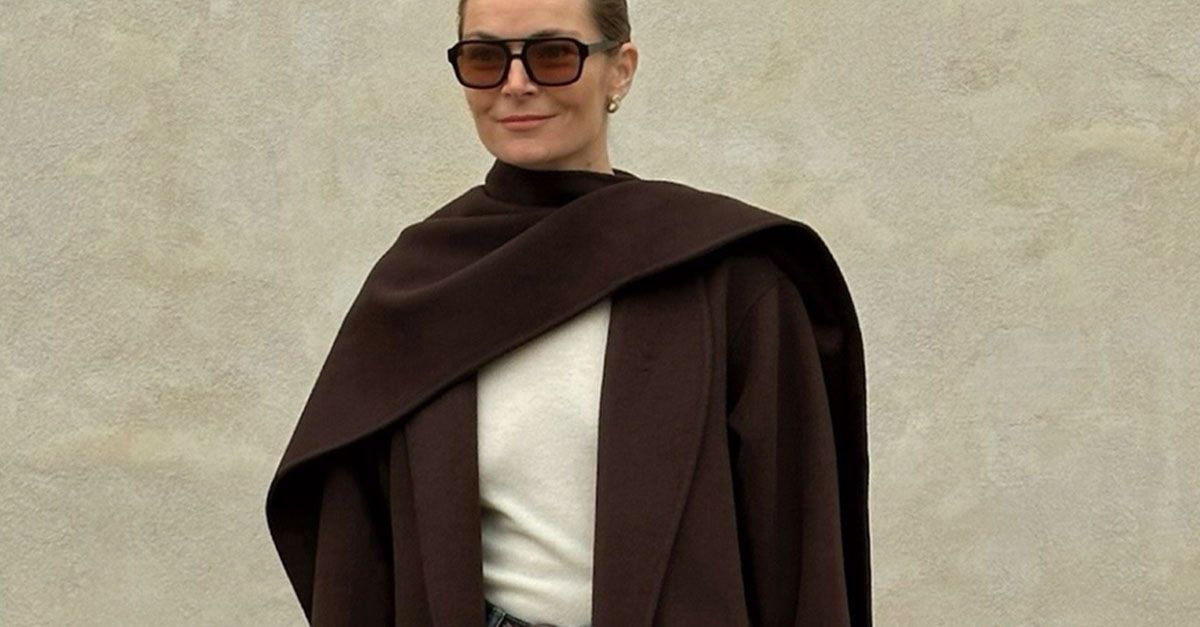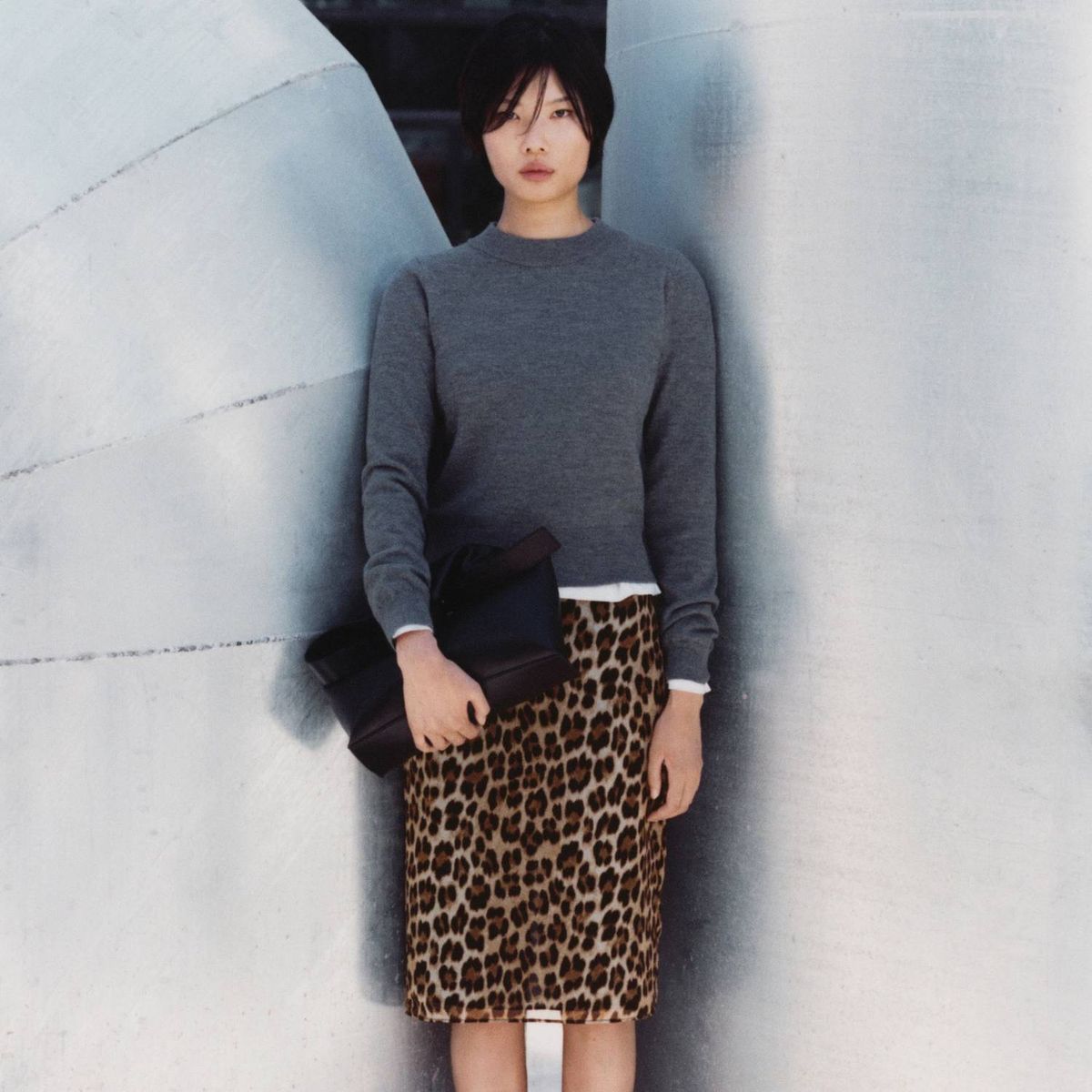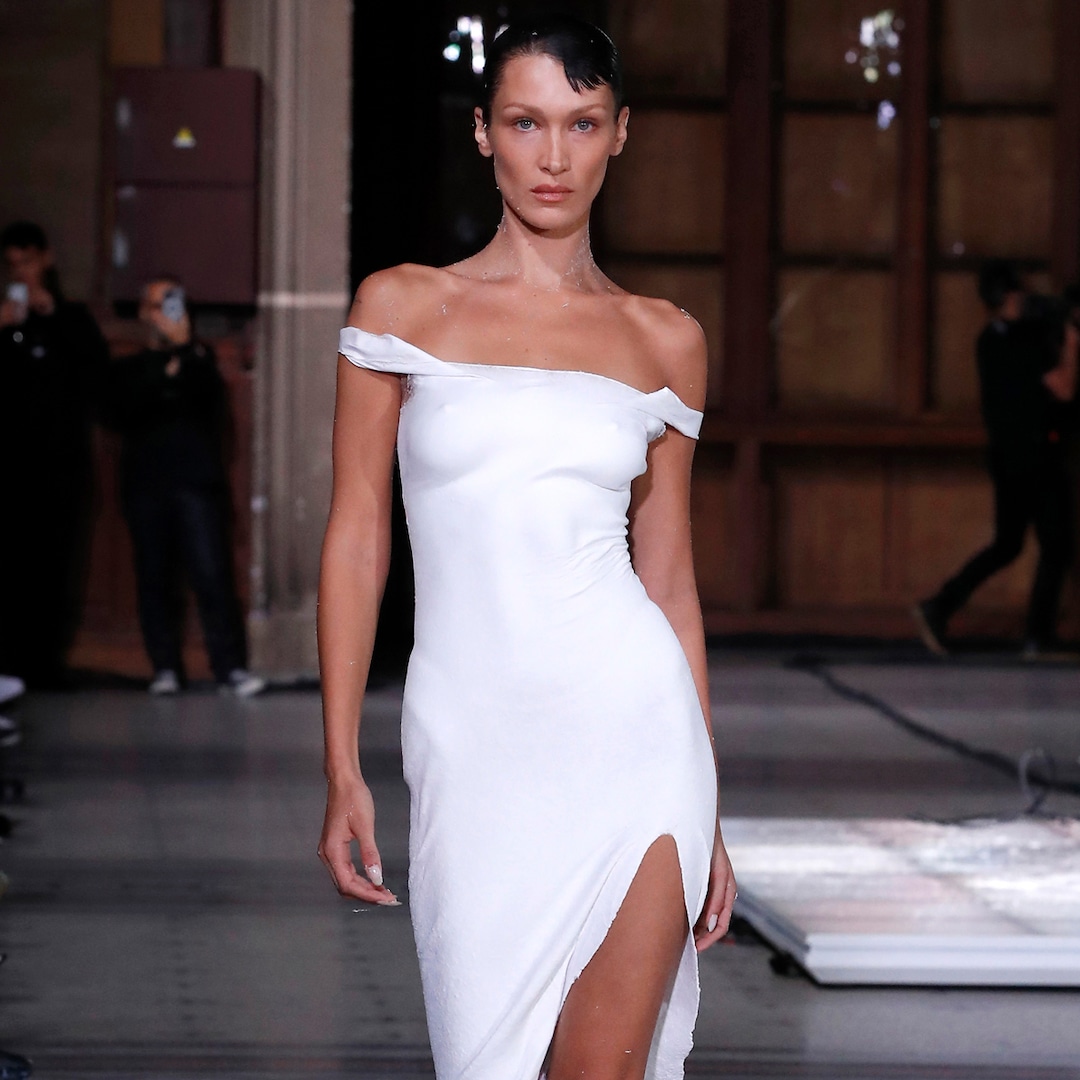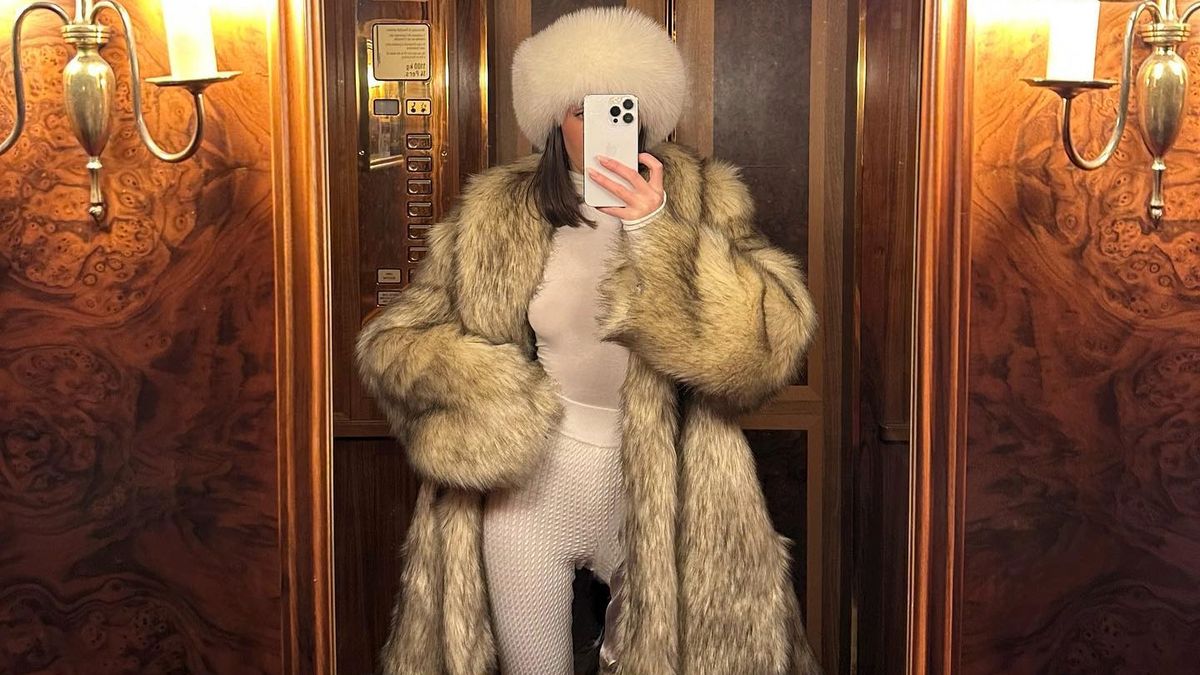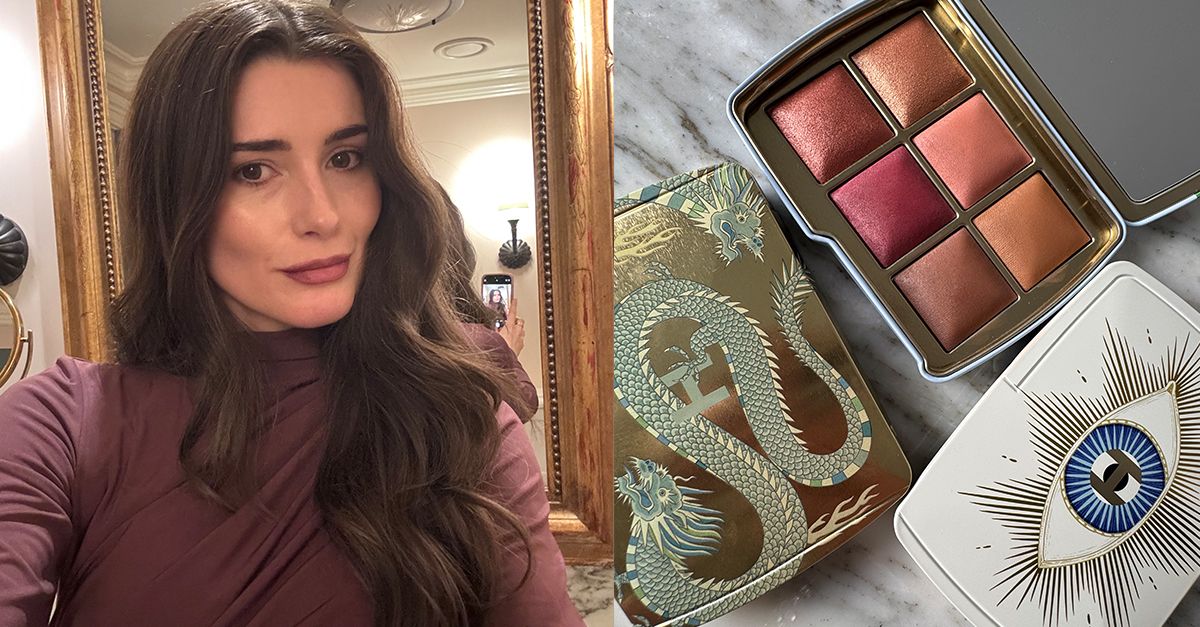Iconic luxury house Chanel’s growth in the US has slowed in the past six months, pointing to a moderation in luxury’s biggest market following a multiyear boom.
The world’s second-biggest luxury brand by revenues, which is privately held, is currently growing “in the single digits” in the US, chief financial officer Philippe Blondiaux told the Financial Times, after growing by nearly 10 per cent in the Americas — where the US accounts for the majority of sales — last year.
“We had a softening in the US, so no different from some of our competitors, from November of 2022, and that’s continued over the first few months of 2023,” Blondiaux said.
Chanel recorded record revenues of $17.2bn in 2022, up 17 per cent year-on-year.
The 113-year old Parisian company founded by designer Coco Chanel is owned by the Wertheimer family, and chief executive Leena Nair has ruled out an initial public offering, insisting the company will remain privately owned.
Concerns about the outlook for the luxury sector following several years of unprecedented growth hit listed stocks this week, with a combination of profit-taking and concerns about the outlook for the US wiping over $60bn in value off the sector in the space of two days.
Global leader LVMH’s stock is down 6.8 per cent this week as is Gucci-owner Kering’s, while Hermès fell by 4.3 per cent.
“We maintain a really strong outlook for 2023, maybe a more positive outlook than what’s been reflected over the past few days [during the sell-off]”, said Blondiaux. “That was the analysts’ beliefs and how they see the industry evolving in 2023, but as far as we’re concerned we are confident in the outlook for the year.”
He added that he did not expect a change in growth trends for the luxury industry in 2024 and 2025. “We remain positive for the industry, but I would say even more so for Chanel.”
Luxury sector conferences held by Morgan Stanley and HSBC struck a more sober note on the industry outlook this week, however, shifting the mood after several years of buoyant growth and record revenues.
“US demand for luxury remains lacklustre, notably with the young [and] aspirational consumer,” analysts at HSBC wrote on Thursday, while noting that “outside the US, there appears to be little reason for concern” and that the recent sell-off was “likely unrelated to fundamentals”.
Weakness among such aspirational buyers is likely to have less of an impact on top-end brands like Chanel than to those who cater to more mid-market luxury consumers.
Half of the house’s revenue growth last year was due to price increases, the company said.
Chanel has markedly raised prices for its core products since the start of the pandemic, reflecting trends across the industry, with some handbags now selling for 74 per cent more in the UK than they did in 2019, according to Jefferies.
“The reality is we are the most exclusive or one of the most exclusive brands [and] we intend to maintain this positioning. But going forward, the evolution of our prices will depend on two factors: inflation and currency effects,” Blondiaux said.
In China, luxury’s biggest growth market, Chanel said it is bouncing back with double-digit growth in the mainland after zero-Covid lockdowns at the end of last year brought much of the industry to a near-standstill in the country.
Chinese tourism, a key driver of luxury sales, is also on the rise again, Chanel said. Sales to Chinese buyers in France last year were down 90 per cent when compared to 2019, but by this April had bounced back to be just 14 per cent below pre-pandemic levels in value terms — though traffic was still down by nearly half.
“The most affluent part of the Chinese clientele is the one that is currently travelling,” said Blondiaux. “The most limiting factor today preventing a full return of Chinese consumers to Europe is flight capacity,” he added.









